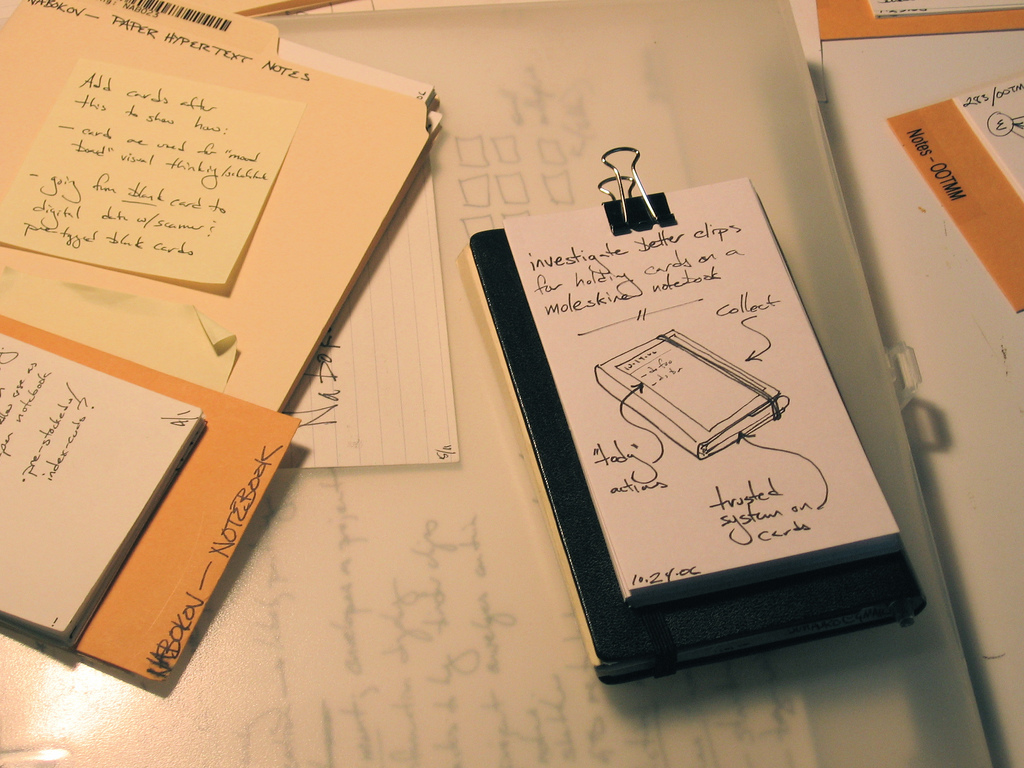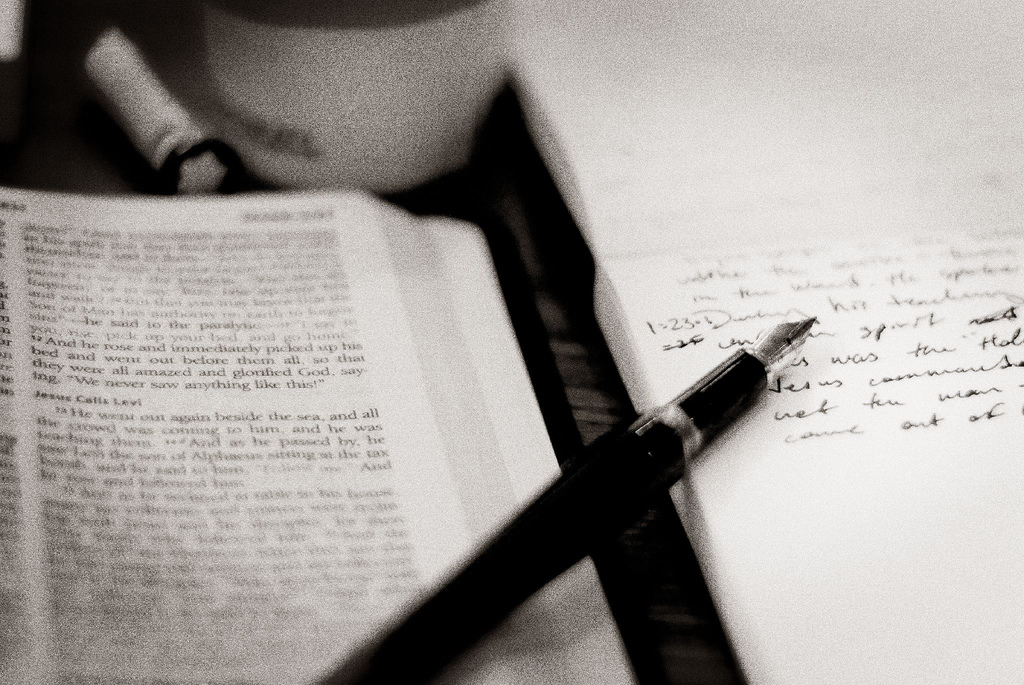
Research material, photo by Jazz DiMauro
By Nico Mara-McKay
One of the major projects I'm working on at the Canadian Lesbian and Gay Archives is a digital exhibition that will highlight the material the archives has regarding genderqueer and other gender identities beyond the binary of female or male.
It's a large project and it hadn't been done before, let alone attempted by an undergraduate student. It was a bit of a learning curve, but it provided an opportunity to pick up new skills as I went, and I'd like to share some of the strategies I've been using to both discover material and organize the data I found.
1. Preliminary reading.
If you're unfamiliar with your subject, do some preliminary reading to learn the extent of the topic you want to cover. It's likely larger than anticipated, and you may find that you have to narrow your scope somewhat.
With this exhibition project, I knew some of the terms that I wanted to include, for instance, but more emerged during the preliminary research phase, and I had to make decisions on where I would focus my time.
2. Narrow your scope.
Initially, I wanted to cover every gender identity that went beyond the binary, but in the process I discovered that there were many terms I had not previously known, and that their meanings have been contested. Even today, there is no settled term for someone who does not identify as female or male beyond "other," and that felt alienating.
With my project, it is important to me that it is inclusive, but I also recognize that I'm not going to be able to cover all things for everyone, or provide the definitive guide to "other" gender identities within Canada. My focus thus narrowed to genderqueer identities, as I am genderqueer, and feel I can best represent that experience, though I will still include notes on other identities.
3. Develop a research plan and keep a journal.
This is an essential step in the research process, and its importance can't be understated. Draft a list of initial items you need to look at, and continue to add to it as these sources lead to new ones.
In maintaining a research plan, you'll have a sense of the scope of your project, and whether or not it's feasible to cover what you need to with the time and resources you have. If it's not, you may need to revisit point to and scale back.
Keeping a research journal is a requirement for the internship, and I've come to value it. It's a detailed record of what I've been doing: the keywords I've tried, the journals I've looked at, my findings, questions, and more. It's definitely something I'll continue with major research projects going forward.
Not to mention, ticking off items that you've looked at and seeing the data you've compiled is immensely rewarding.

Pen and notebook, photo by Mark Grapengater
4. Take notes and keep a running bibliography.
For my notes, I organized them alphabetically by research item, and kept full Chicago Manual of Style bibliography-style headings. Not very sexy, but useful. I then knew which bit of information I got where, and each page it came from. It may seem tedious, but you will thank yourself when it comes to actually writing your research project.
I realized (too late) that alphabetically by author or title wasn't the best strategy, but by then I had already amassed too much data. If I were to do a project like this again, I would break it down more by category. However, as my notes are digital, it is easy enough to find the information I need.
5. Chunk it out.
As you begin to develop findings, see what connections can be made. Is there a timeline of events to track? Are themes emerging? Who are the key figures? What do you find interesting about what you're finding? Develop an outline based on what you want to include.
For my research, I created a timeline of terms used, noting when and where they emerged. No consensus has yet been made, but the evolution of language was fascinating to me. The changes made by each province and territory to acknowledge and affirm genders beyond female and male also struck me as particularly important, so I constructed another timeline for this. Both of these formed the basis for essays I'm working on about these changes and where we are today.
Then… start writing! (But that's another blog post.)
Bonus tip
Save your research -- especially if it's related to a topic you think you'll continue to work on in other capacities. You probably won't find it again, so scan it, keep PDFs, print it out and store it in binders or boxes -- whatever works for you. But keep it and ensure it's findable in the future.
Good luck
